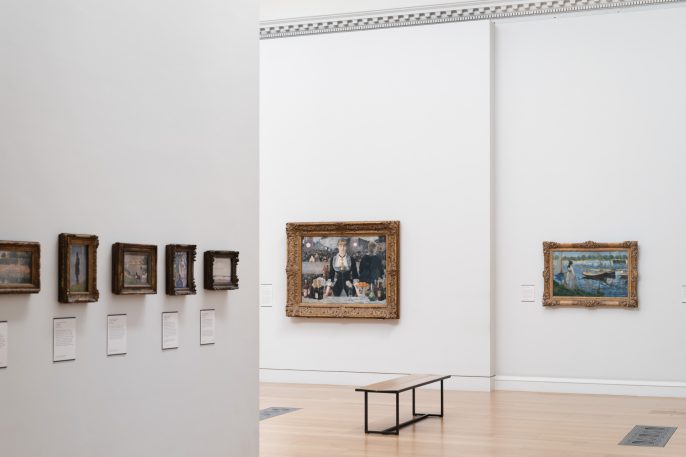Now entombed in airless glass vitrines, medieval objects in museums appear static and immovable. But in the Middle Ages artworks were active and mobile: they were manipulated in the hand, processed through towns, and traded or gifted across very large geographic areas. Viewers were also on the move: they carried artworks on their body or processed alongside them in religious ceremonies. Merchants, soldiers, and pilgrims travelled to new places and brought artworks home with them. This colloquium will explore medieval artworks as sites of sophisticated meaning-making through the theme of movement, on small and large scales. Medieval works of art were often moved during ritual, and many artworks also integrated moving parts, such as wings or other hinged elements. In a broader context, artworks could travel huge distances, acquiring new significances as they transgressed political, cultural and religious borders. The Silk Roads exhibition currently open at the British Museum speaks to such journeys, presenting the people and objects travelling along overlapping and expansive networks of trade, and asking how these movements shaped meanings and cultures both along the way and at their destinations. To that end, the colloquium looks to open new dialogues regarding the movement of medieval artworks, initiating discussions on how it affected an object’s reception.
The colloquium will take place on Friday 28th March 2025 at The Courtauld Institute of Art’s Vernon Square campus in London. Lunch will be provided for speakers, and the event will be followed by drinks at the Courtauld Research Forum and dinner for speakers.
Organised by Courtauld PhD students Sophia Adams and Natalia Muñoz-Rojas, and generously supported by Sam Fogg.
Programme
Session 1:
Sara Salvadori, PhD student Università degli studi di Palermo, Fellow Institut für Kunst- und Bildgeschichte Humboldt Universität zu Berlin, ‘The Mobility and Liturgical Role of a Byzantine Ivory Diptych’.
Ricardo Mandelbaum Balla, PhD Candidate, The Courtauld, ‘Ramon Llull, man in perpetuum mobile: graphic representations of his life and theories’.
Elisabeth Niederdöckl, PhD Candidate at EHESS Paris (History) and KU Leuven (Art History), ‘Engraved Faith, Embedded Relics: The MET Portable Altar and the Conception of Medieval European Evangelization’.
Session 2:
Bernát Rácz, PhD Candidate, Central European University, Vienna, ‘The Reliquary of Pétermonostora: A Twelfth-Century Lotharingian Masterpiece from a Private Monastery in East-Central Europe’.
Lydia Lymbourides, Doctoral Fellow, University of Zürich, ‘Miracles and the Mediterranean. The Rock Crystal Cross in the Scuola Grande di San Giovanni Evangelista di Venezia’.
Sophia Dumoulin, PhD Candidate, The Courtauld, ‘Security, Salvation and Shameless Self-Promotion: Framing Movement through Parclose Screens in Fifteenth-Century Westminster Abbey’.
Session 3:
Christien Schrover, PhD Candidate, Utrecht University, ‘Bridging the Distance in Time and Place: The Digital Reconstruction of Late Medieval Altarpieces’.
Isabella Inskip, PhD Candidate, University of Edinburgh, ‘Dynamic Spaces: Digital Visualisation and the Peripatetic Lifestyle of the Great Mughals’.







